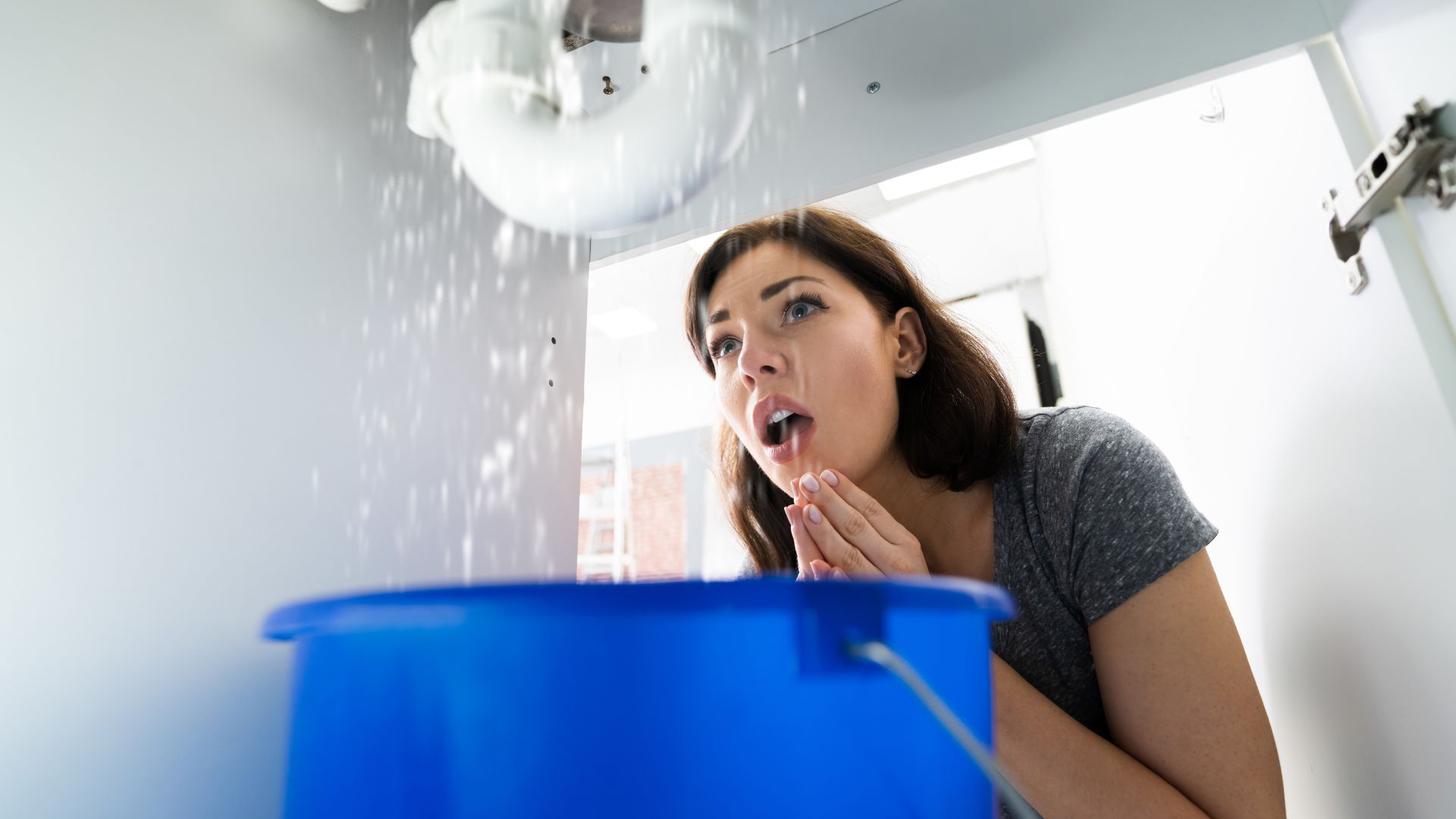Introduction
Hidden leaks are one of the stealthiest threats to your home. They can quietly damage walls, floors, foundations, and your wallet before you even notice. In Riverside, property owners need to stay vigilant—especially in older homes or ones with complex plumbing. In this post, we’ll walk you through the signs of hidden leaks, the main types of leaks to watch out for, and how expert leak detection works. For detailed service in Riverside, check out our Expert Leak Detection Services in Riverside, CA.
Table of Contents
- Why Hidden Leaks Are Dangerous
- Common Signs of a Leak
- Types of Hidden Leaks
- Slab Leaks
- Wall / Pipe Leaks
- Roof / Attic Leaks
- Pool & Irrigation Leaks
- How Professionals Detect Leaks
- Acoustic / Sound Detection
- Thermal Infrared Imaging
- Pressure Testing & Ultrasonic
- Video / Sewer Camera Inspection
- What to Do When You Suspect a Leak
- How This Post Links to Other Leak Detection Topics
- Conclusion
Why Hidden Leaks Are Dangerous
Even a small drip can lead to major damage when left unchecked. Here’s what can happen:
- Structural damage — wood rot, foundation cracks, weakening of beams
- Mold and mildew — damp conditions = ideal for mold growth
- Ceiling or wall stains — sometimes your first visible clue
- High water bills — water losses add up
- Compromised indoor air quality — mold spores, dampness
By understanding early signs and taking action, you can avoid much bigger problems later.
Common Signs of a Leak
Here are warning signs you may already have a hidden leak:
- Unexplained hike in water bills
- Sound of water running when no fixtures are in use
- Damp spots or discoloration on walls, floors, ceiling
- Warm spots on your floor (possible slab leak)
- Mold or mildew in unexpected places
- Sagging drywall, peeling paint, or plaster damage
- Drop in water pressure
- Cracks in flooring, tile loosening
If you notice one or more of these signs, it’s time to call in professionals.
Types of Hidden Leaks
Slab Leaks
These occur beneath the concrete foundation (slab) of your home. Because they’re hidden under concrete, they’re tricky to access. Signs include:
- Warm spots on the floor
- Sounds of water underfoot
- Sudden jump in water usage
- Cracks in tile or flooring
Slab leaks require precise detection to avoid unnecessary demolition.
Wall / Pipe Leaks
Leaking pipes inside walls, under floors, or behind cabinets are common. They may result from corrosion, shifting soil, or simple wear and tear.
Roof / Attic Leaks
Rainwater or condensation may enter through damaged flashing, roof vents, or degraded seals. These leaks show up in ceilings, attic insulation, or upper walls.
Pool & Irrigation Leaks
Outdoor systems like pool plumbing, sprinkler systems, and irrigation lines can leak too. Drying lawns, drop in water level, or soggy ground patches may hint at an underground leak.
For pool-specific detection methods, see how experts handle pool leak detection in Riverside.
How Professionals Detect Leaks
To find leaks precisely—and non-destructively—technicians use advanced tools and techniques. Here’s a look at common leak detection methods:
Acoustic / Sound Detection
Highly sensitive microphones or “listening” devices detect the sound of water escaping under pressure. This method works well in many pipe systems and slab leaks.
Thermal Infrared Imaging
Infrared cameras detect temperature differences caused by moisture. A wet area may be cooler or have altered thermal patterns, making leaks easier to spot.
Pressure Testing & Ultrasonic
By isolating sections of pipes and pressurizing them (or reducing pressure), technicians watch for drops that suggest a leak. Ultrasonic sensors can detect turbulence or sound from water flow in that pressurized zone.
Video / Sewer Camera Inspection
Tiny cameras are fed into pipes or drains, letting technicians visually inspect internal damage, cracks, or leaks. This is common for sewer lines and internal piping systems.
Technicians often combine these methods to pinpoint a leak location without tearing out walls or floors.
What to Do When You Suspect a Leak
- Don’t ignore it — the longer a leak goes unchecked, the worse the damage.
- Shut off water if needed — especially if you hear water when none should be flowing.
- Note all symptoms — take photos, log water meter changes, record odd sounds.
- Contact a specialist — for example, our team offers Expert Leak Detection Services in Riverside, CA.
- Schedule a detection visit quickly
- Plan for repair options — once the leak is located, you’ll receive options for repair paths.
Also, if you want to reach us directly, you can see how to contact us here.
How This Post Links to Other Leak Detection Topics
This post gives your baseline understanding of hidden leaks. In the next post, we’ll dive deeper into slab leak detection techniques and benefits, building on what you’ve learned here. And in our third post, we’ll explore how to choose a leak detection service and what to expect during the process. All three posts complement one another and drive traffic internally to the core service page Expert Leak Detection Services in Riverside, CA.
Conclusion
Hidden leaks demand prompt attention. Being aware of warning signs and knowing detection methods gives you the upper hand. When in doubt, trust an expert to locate the leak without unnecessary destruction.
Stay tuned for our next blog post on slab leak detection, and meanwhile you can always reach out via our contact page for help scheduling a visit.



